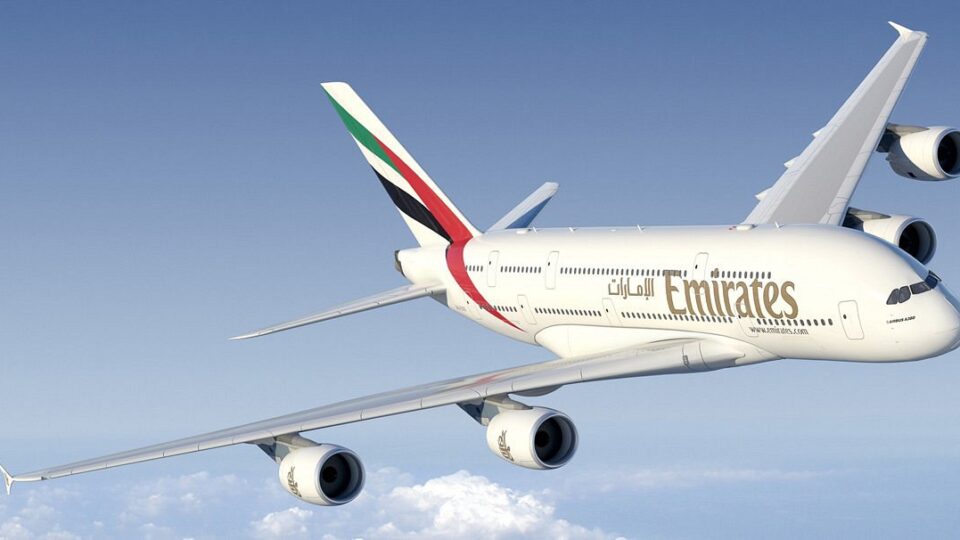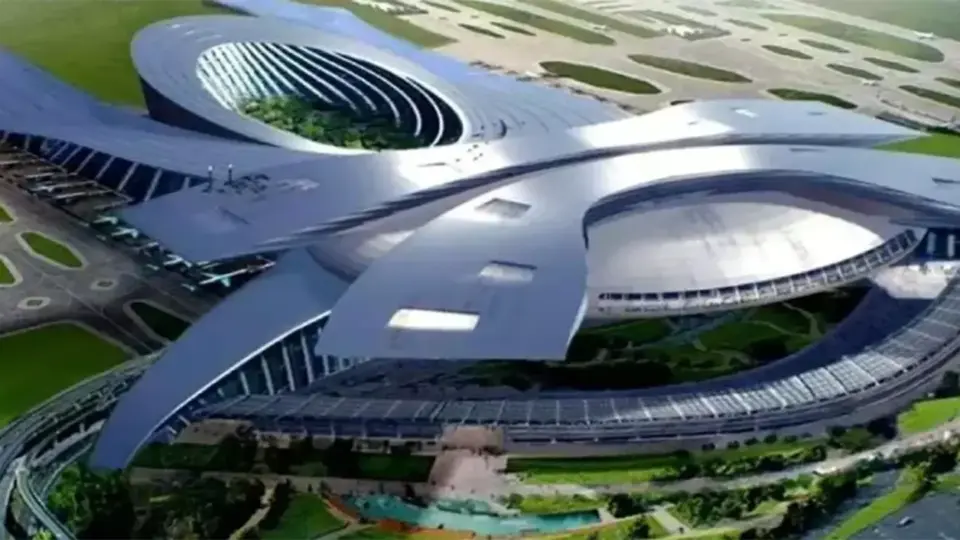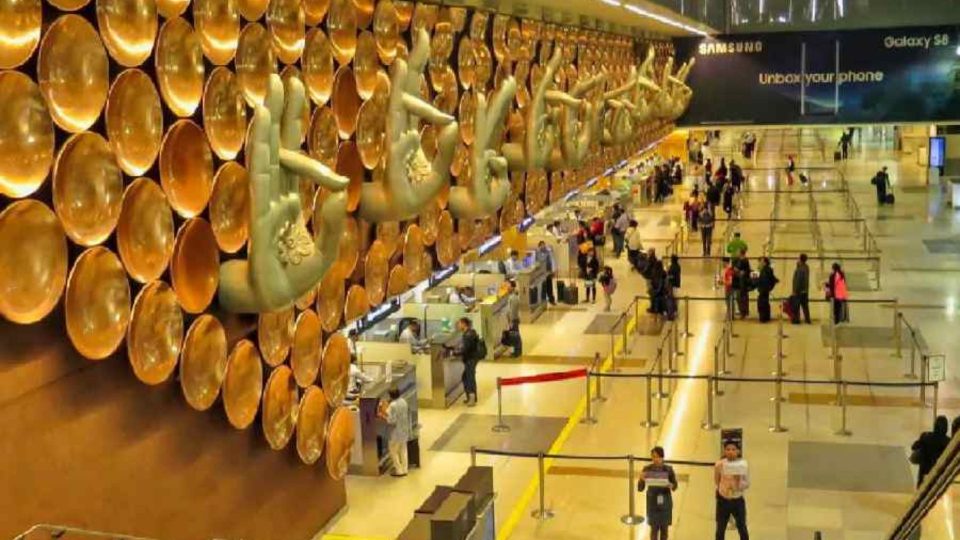
Delhi’s IGI Airport to Introduce India’s First Elevated Cross Taxiway
Indira Gandhi International Airport in Delhi is expected to open its 2.1 km dual-lane Elevated Cross Taxiway on July 14 to improve the travel experience of both international and domestic passengers. Additionally, the airport’s fourth runway will be operational on Thursday.
The use of ECT will reduce the time spent waiting on an airplane from 20-25 minutes to 10 minutes. Union Civil Aviation Minister Jyotiraditya Scindia will dedicate India’s first Elevated Cross Taxiway. Here are the essential details on Indira Gandhi Airport’s outstanding ECT.
Key highlights of India’s first Elevated Cross Taxiway at Delhi’s IGI airport
- The dual-lane ECT is 2.1 miles long in total. It will connect the airport’s northern and southern airfields on the airport’s eastern side.
- The time spent waiting inside an airplane after landing is predicted to decrease dramatically, as flights would take less time to reach Terminal 1. The same applies to the take-off procedure. The distance an airplane must travel after landing on the third runway and proceeding to T1 will be decreased from 9 km to 2 km.
- ECT is expected to shorten the travel time between the two airports, saving passengers between twenty and seven minutes before takeoff. However, it is also dependent on elements such as airplane landing orientations, according to Delhi International Airport Limited (DIAL).
- According to DIAL authorities, the airport authority will be able to minimize aircraft emissions, preserve natural resources like ATF, and improve operating efficiency after the launch of ECT. ECT will primarily reduce airplane taxiing distances.
- A little reduction in the distance between airfields can have a significant impact on CO2 emissions. The taxiway is designed to improve taxi routes and aircraft operations. This would save around 55,000 tonnes of CO2 per year and contribute to the airport being a “Net Zero Carbon Emission Airport” by 2030.
- The twin-lane elevated Code F taxiways may also accommodate the safe and simultaneous passage of two large airplanes.
Indira Gandhi International Airport is now India’s first airport to have ECT, because of the first-of-its-kind taxiway. “This historic achievement demonstrates DIAL’s dedication to developing environmentally sustainable architecture and becoming a ‘Net Zero Carbon Emission Airport’ by 2030.” “With the Eastern Cross Taxiway, Delhi Airport has become the country’s first airport to have an elevated taxiway, which will not only improve passenger experience but also make Delhi Airport future-ready,” said Prabhakara Rao, deputy MD of GMR Group.



